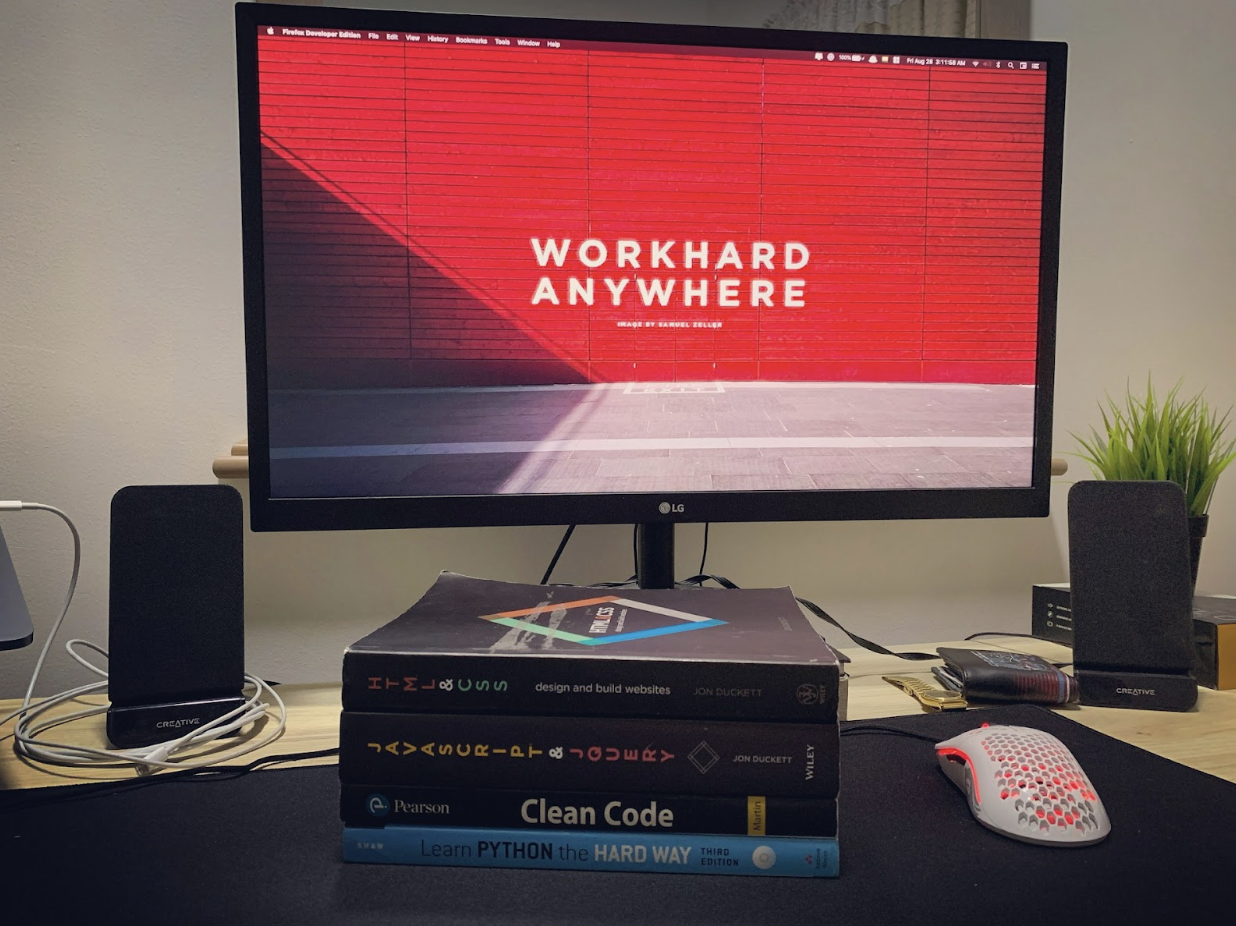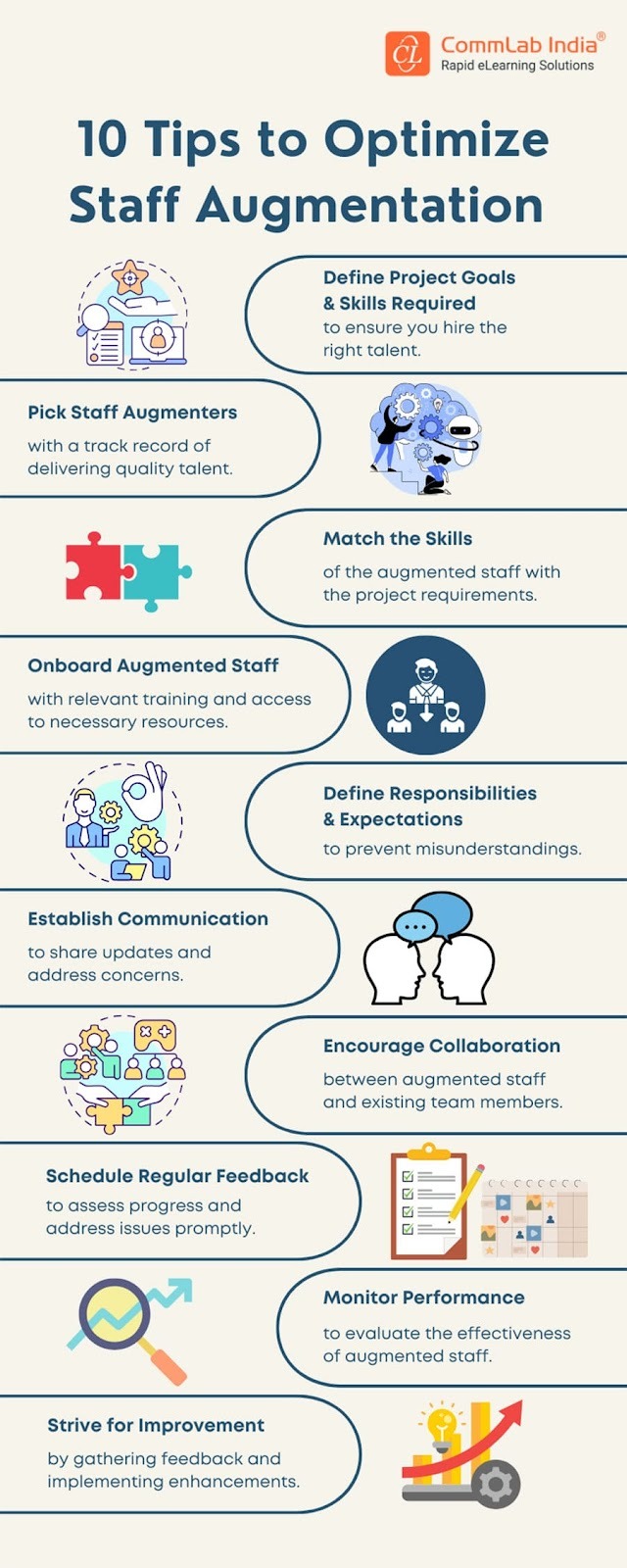 News
News
Complexity in technical roles does not simply refer to rare programming languages. It is often the result of a mix of multi-service or event-driven architectures governed by strict service-level agreements, demanding non-functional requirements such as performance, security, resilience, and data privacy, and the influence of multiple stakeholders including product, compliance, analytics, and DevOps teams. In addition, many industries require deep domain understanding, such as risk management in fintech, pricing and promotion logic in eCommerce, healthcare interoperability, or scalability in telecom. Nearshore staffing can be highly valuable when it offers both specialized technical expertise and the ability to navigate industry-specific nuances.
The Nearshore Advantage: Overlap and Iteration Speed in Complex Roles Nearshore Staffing
When it comes to complex projects, the speed of learning loops can matter more than cost per hour. Nearshore teams, operating in similar time zones, can hold daily architecture and design discussions with key leads, collaborate live during incidents, and resolve ambiguities in requirements in real time. This consistent overlap enables quicker feedback, more informed decision-making, and smoother execution, especially for multi-quarter initiatives where small decisions have far-reaching effects.
Seniority Mix and How It Scales Complexity
The true nearshore staffing value and advantage is not simply hiring senior talent at lower rates but creating a balanced seniority pyramid. A small percentage of principal or staff engineers take ownership of architecture decisions, threat modeling, resilience planning, and performance budgets. A large portion of senior engineers lead individual modules, mentor others, enforce coding standards, and ensure operability. Mid-level engineers carry out implementation, documentation, testing, and automation. This combination allows nearshore teams to own and maintain subsystems such as APIs, data pipelines, observability layers, or CI/CD processes rather than working only on isolated tickets.
Architecture Governance That Prevents Drift
In complex systems, failures often occur at the integration points. Governance ensures these points remain aligned and reliable. Every significant change to an interface, schema, or service-level objective should go through a design review. Architecture decisions must be documented and stored alongside the code to preserve context. Quality gates embedded in continuous integration pipelines help enforce standards, whether through automated linting, infrastructure as code policies, or software bill of materials scans. Tying error budgets directly to release cadences ensures that performance and reliability goals stay visible and enforced.
Domain Depth: The Multiplier
For industries with heavy regulation or sensitive data, domain knowledge can significantly enhance nearshore value. In fintech, this might mean controlling PCI scope, maintaining ledger integrity, detecting fraud, and handling reconciliation. In healthcare, teams must manage HIPAA compliance, PHI privacy, and data exchange standards like HL7 or FHIR. In retail and eCommerce, the expertise might include managing promotion engines, search and catalog optimization, orchestration of order management systems, and readiness for seasonal peaks. Teams that translate this knowledge into tools, policies, and automated checks create lasting value beyond any single project.
Security and Compliance by Design
Many complex tech roles involve working with sensitive credentials, encryption keys, or customer data. Nearshore staff augmentation teams also add significant value when they implement zero trust principles such as least privilege access, short-lived credentials, and the use of approved secrets management tools. Signed artifacts and verifiable software bill of materials create transparency and security in the build process. Automated safeguards such as pre-commit hooks, pinned dependencies, and container baseline scans help catch vulnerabilities early. Audit friendly workflows that link tickets to changes, require peer reviews, and operate within designated change windows further strengthen compliance.
Delivery Model that Actually Fits Complex Work
For high complex tech roles and projects, a stable pod model typically outperforms simple staff augmentation. Pods are cross-functional teams made up of backend, frontend, QA, DevOps, and data specialists, led by a technical lead and supported by a delivery manager. Each pod has ownership over a defined subsystem and its service-level objectives. Quality assurance and site reliability practices are embedded into the workflow from the start, ensuring testing, monitoring, and runbooks develop alongside the code. This focus on outcomes ensures the team is measured by system reliability, latency, and business results, rather than just hours worked.
Communication Patterns That Reduce Rework
The more complex the project, the greater the need for structured communication. Weekly meetings to review key trade-offs between cost, latency, and security keep stakeholders aligned. Writing design memos rather than relying solely on chat helps teams articulate problems, explore options, weigh risks, and recommend solutions clearly. Setting working agreements for response times, pull request sizes, branching strategies, and definitions of done creates shared expectations. Early demonstrations, whether wireframes, contract tests, or performance traces, help ground discussions in tangible evidence rather than abstract debate.
Cost vs. Value
When evaluating nearshore staffing, the focus should be on the total cost of achieving roadmap and system objectives, not simply hourly rates. The right setup reduces context switching, lowers rework, and accelerates progress through overlapping working hours and embedded leadership. It can increase deployment frequency while lowering the change failure rate, thanks to better automation and quality control. Incident resolution is faster when teams share working hours and have clear processes in place, and these efficiency gains can outweigh pure wage savings.
Risks and How to Neutralize Them
Risks do exist and should be managed from the outset. Architecture drift can be avoided with documented design decisions, contract testing, and strict interface versioning. Hidden gaps in seniority can be exposed by transparent resumes, live technical interviews, and outcome focused trial projects. Process inefficiency can be countered by measuring genuine outcomes such as availability, latency, and change failure rates rather than relying on velocity metrics. Knowledge loss can be reduced through pair programming rotations, recorded design sessions, and documentation stored alongside the source code.
What to Measure so Value is Visible
Demonstrating the value of nearshore teams requires tracking both technical and business indicators. Engineering performance can be measured through metrics such as deployment frequency, lead time, change failure rate, and mean time to recovery. Service-level adherence for uptime, latency, data freshness, and workflow specific error rates shows how well the system meets expectations. Quality indicators like code coverage in critical areas, the rate of escaped defects, and the time to fix vulnerabilities are equally important. Measuring roadmap delivery against planned versus unplanned work offers insight into long-term productivity.
When Nearshore Shines for Complex Roles and When it is Not the Best Fit
Nearshore staffing can excel in areas such as platform engineering, where teams develop self-service infrastructure and continuous delivery systems. It also suits data platform development, including streaming architectures, change-data capture pipelines, governance processes, and cost efficient data storage solutions. For microservices and API design, nearshore teams can bring value through contract first design approaches, backward compatibility planning, and staged rollouts. Observability and reliability engineering also benefit, with nearshore teams helping to design service-level objectives, implement tracing systems, and fine tune autoscaling strategies.
There are cases where nearshore staffing may not be ideal. Highly sensitive intellectual property that cannot be protected through network segmentation or secure environments can be a limiting factor. Projects that require constant physical access to hardware or specialized facilities may also be unsuitable. Environments with volatile and constantly changing decision making processes can create a level of churn that undermines the stability any distributed model needs to succeed.
How to Select the Right Nearshore Partner Fast Checklist
Choosing the right partner involves confirming technical depth, industry knowledge, and cultural fit. The best partners can walk through architecture diagrams and postmortems from past projects, not just list client names. They demonstrate domain literacy by sharing sample compliance documents, security models, or data contracts relevant to your sector. Meeting the actual technical leads and senior engineers who will be assigned to your work ensures transparency. A shared tooling ecosystem, from infrastructure as code to CI/CD and observability tools, helps align workflows. Finally, a short pilot project with clear outcomes and service-level objectives provides tangible proof before a long-term commitment.
Choosing the Right Partner
Blue Coding has been helping companies bridge talent gaps with highly skilled nearshore developers who excel in complex tech projects. Our approach focuses on understanding each client’s unique technical demands before matching them with professionals who bring both technical expertise and industry knowledge. This ensures a smoother integration into existing teams, faster ramp-up times, and solutions tailored to high-stakes, intricate challenges. Contact us today to discover how we can connect you with the best talent for your most demanding roles. We can connect on a free strategy call!




